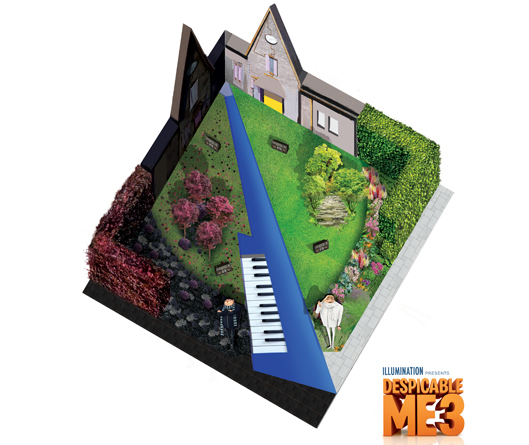
Carpets of bluebells are an iconic symbol of British woodlands, but the native bluebell may soon be a rarity. Experts at the Forestry Commission predict the native bluebell could be overtaken by hybrid varieties within a generation. The native bluebell is a symbol of ancient woodland, but has bred with the Spanish bluebell following its introduction to ornamental gardens over 100 years ago.
Varieties of hybrid and Spanish bluebell can be seen growing amongst the native bluebell in woodlands across the country. Mark Ballard, Curator at the Forestry Commission’s National Arboretum at Westonbirt commented:
“Growth of hybrid bluebells is vigorous and overtaking the native variety in many places.
“This means the British bluebell landscape, however beautiful, is changing. Native bluebells may be much harder to find for the next generation of woodland visitors.”
Hugh Angus, of the volunteer wildflower group at Westonbirt Arboretum commented:
“Hybrids can be more vigorous than either parent, but the real problem lies in the fact that once you have a population of nothing but hybrids, you have lost the original genetic material.
“If the hybrid is then affected by disease and there is none of the original species left, the threat is that the whole bluebell population could be in danger.”
Native bluebells are more commonly found in mature broadleaf woodlands or along hedgerows. Whilst hybrid or Spanish bluebells are the hardier variety and grow in more prominence near to gardens.
Native bluebells have dark blue, scented flowers that grow from only one side of their curved stems. Their stamen and pollen are cream coloured and their petals usually curve backwards or inwards.
Hybrid varieties can be identified by their unscented flowers, blue stamen, curved petals and lighter blue flowers that grow on both sides of the stem.
Bluebells are predicted to appear around two weeks later than usual this year due to the cold start to spring.
When they finally flower, the Forestry Commission has a wealth of bluebell woodlands to explore and discover the different varieties, including Wombwell Woods in Barnsley, Grizedale Forest in North West England and Bedgebury Pinetum in Kent.
Source: Forestry Commission – Next Generation May be the Last to See the Native Bluebell





